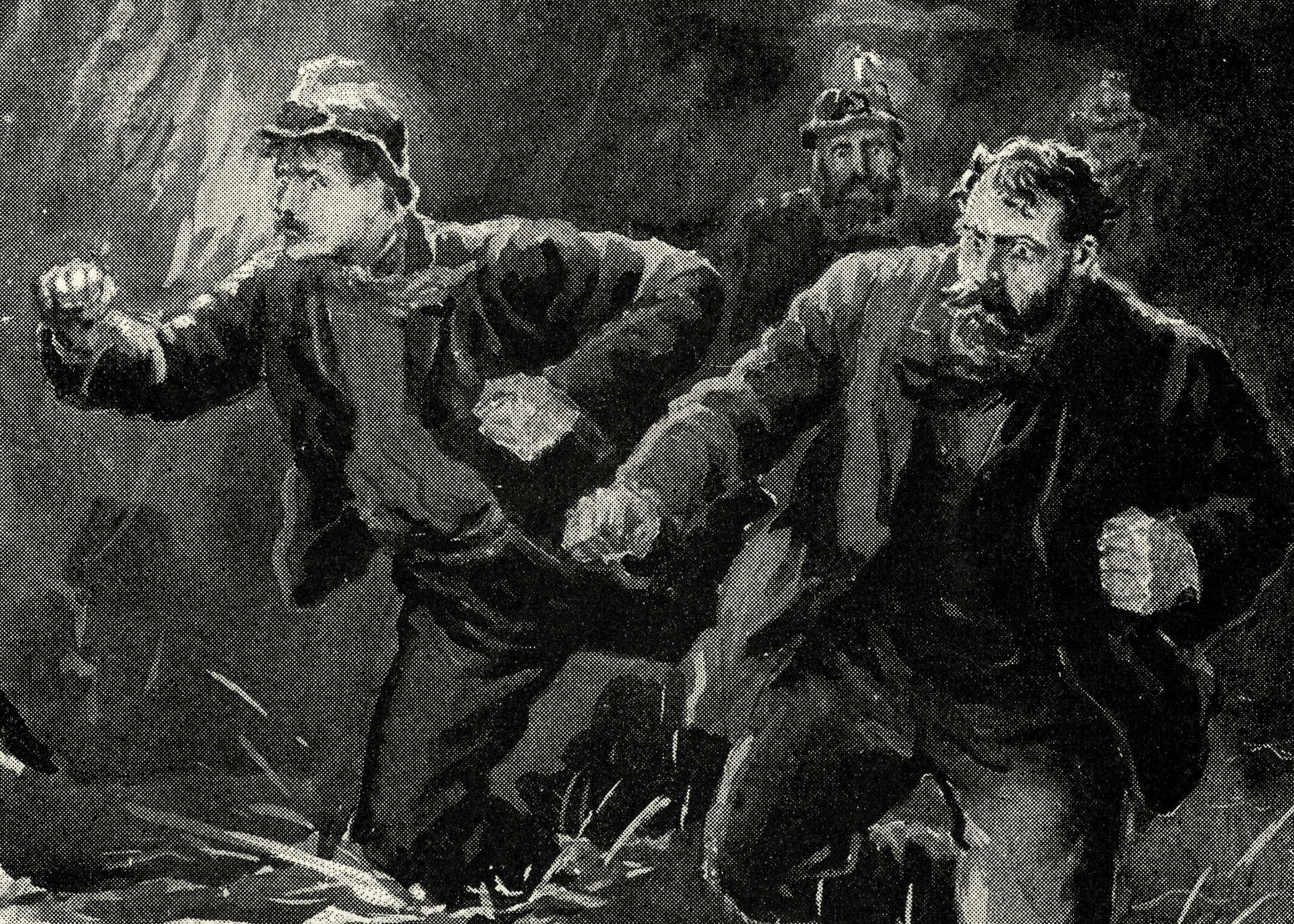Summary: Father’s Day has a somber origin rooted in a West Virginia mining disaster. William Jackson Smart, a single father who raised six children after his wife’s death, inspired the modern tradition of Father’s Day. Today, as workplace safety has improved and life expectancy has increased, we reflect on the progress that has granted fathers more time with their families.
This article originally appeared on RealClearHistory.com
Few are familiar with the tragic origins of Father’s Day. Father’s Day was inspired by both a lethal workplace catastrophe and by a single father who raised six children after his wife’s untimely death.
In 1907, an explosion in a West Virginia coal mine resulted in the deaths of 361 men, 250 of whom were fathers. It was the deadliest mining disaster in U.S. history, and 1,000 children lost their fathers in the accident. To honor the lost miners, a local woman named Grace Golden Clayton arranged a “Father’s Day” tribute the following year on July 5th.
Workplace death was sadly common in that era: scholars estimate that in the United States around 61 workers per 100,000 employees died annually in work-related accidents during the early 20th century. In 2020, the most recent year for which there is data, that figure was 3.4 fatalities — a 94 percent reduction. Progress in workplace safety is particularly good news for men. Holders of the 20 jobs with the highest occupational fatality rates, such as logging and steelworking, are over 90 percent male, and men account for more than 90 percent of workplace fatalities. While even one workplace death is too many, we can be thankful that, as workplace deaths have become rarer, far fewer children lose their fathers to disasters like the one that inspired the first Father’s Day.
A tragic, but rewarding life
While West Virginia may be the birthplace of Father’s Day, the event did not catch on until later; the annual Father’s Day tradition on the third Sunday in June that we know today was inspired by a devoted single father named William Jackson Smart.
William was born in 1842 in Arkansas. He had the unusual experience of fighting on both sides of the Civil War. Arkansas joined the Confederacy, but in 1863 William switched sides to fight for the Union. He was fortunate to survive: one in five Civil War soldiers met an untimely end. In 1865, the year the war ended, he married Elizabeth. She died at age 30 in 1878. Some sources report that the couple had five children, and that at least one died in infancy. What we do know is that William was left to care for three surviving children: an infant daughter, a five-year-old daughter, and a six-year-old son.
In those days, losing a spouse to premature death was a common affair. Data suggests that among white men in William’s birth cohort, nearly 5 percent were widowers during their 40s. Reflecting the higher male mortality during the Civil War, over 10 percent of women in that same demographic were widows in their 40s. Such statistics are not surprising, given how short the typical lifespan was during that era. As late as 1880, the average U.S. life expectancy was only 39 years; today that figure is more than 76 years.
After two years of single fatherhood, William remarried in 1880. His second wife was Ellen, a 29-year-old widow with three children of her own. William and Ellen added seven more children to their household (one of whom died in infancy), and moved their sprawling family from Arkansas to a farm in the Pacific Northwest.
Daughter honored twice widowed dad
William’s children from his first marriage and his stepchildren were grown when he became a widower for the second time. When Ellen died in 1898, William was left to raise their 16-year-old daughter Sonora and five sons: a 15-year-old, 12-year-old twins, a 10-year-old, and a 7-year-old. Sonora may have helped him take care of her younger brothers initially, but when she married the following year, William was left to raise the five boys on his own.
William rose to the challenge. Sonora said admiringly of her father: “This role he performed with courage and selflessness until we were all in homes of our own.”
Starting in 1909, as Mother’s Day — a holiday with its own tragic backstory — grew in popularity, Sonora worked to popularize a complementary Father’s Day to be celebrated around the date of her father’s birthday. She partnered with businesses, ranging from menswear manufacturers to greeting card trade groups, and spent decades lobbying for the holiday’s official recognition — which finally arrived in 1972.
The holiday’s heartrending beginnings highlight how much more difficult fatherhood often was in the past, when high rates of premature death killed many fathers and made others into widowers left to raise children on their own. This Father’s Day, appreciate the progress that has given fathers more years with their families, alive and well.

